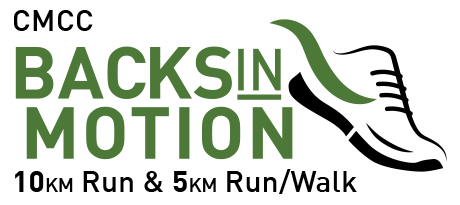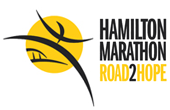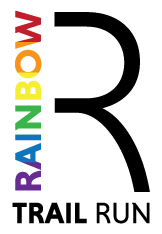So, you’re probably wondering how does one catch her breath with iron? I never understood the statement either until I personally watched my iron drop to the floor.
A friend of mine used to claim she was tired of being tired. Tired of under-performing in races and she was certain her training team was tired of hearing her talk about it. After 3km of running, she felt like she was running through sand while gasping for breath. Her blood tests revealed that low iron was the culprit. This friend of mine was struggling to run a hard 21 minute 5km, when she was previously hitting mid 18 min with comfort, with no changes to her commitment in the sport. For the record, she now runs a 17:30 5km, 1:17 half and 2:45 marathon. It’s not uncommon for endurance runners to experience iron deficiencies, especially being vegetarian/vegan and/or a female. Intense training increases iron demands and exercise depletes iron stores through increased red blood cell production, tissue inflammation, sweating and destruction of red blood cells (foot striking). These are major contributors to iron deficiency. This became my reality.
I’ve always been health conscious, trying my best to make wise choices about refueling, the type of food I eat, recovery, etc., but after many years of accumulated high mileage, my body was depleted. I was tired of being tired and tired of under-performing. I had my blood tested and despite an alarming drop (more to come on that), my doctor told me I was in the “healthy”, “normal” range of 11 – 145 (which use to be 10-200 in 2008). My iron was 13. In 2013, I started keeping track of my own health records using the Gitalis system records organizer. Josh Gitalis is an evidence-based clinical nutritionist and health care provider. He knows his stuff! He writes that the normal range are values that are generally associated with absence of disease. Values higher or lower can indicate disease. So here I am, hovering at the bottom of the average “normal” iron range, and my doctor is telling me I’m fine. When I got home that day, something still wasn’t sitting right with me. I pulled out my old records from the lab results and noticed two things. First, the optimal range according to my blood charts in the Gitalis book for a female are 70-90 ng/ml and 70-150 ng/ml for males. Yikes! Mine was 13! Second, over a span of a couple of years, my iron had dropped dramatically. 227, 112, 17…. It was clear something needed to change.
My iron is now at 64, which took me one full year to get to. I hope by sharing my experience, I can help others. Here’s what I did:
- Started using cast-iron cookware;
- Avoided certain iron inhibitors that interfere with absorption;
- Focused on iron enhancers: vitamin c, carotenoids, etc.;
- Added an iron supplement to my daily vitamins. Mega Food Blood Builder is a great plant based product recommended by my friend Brendan Brazier (another health guru) and Proferrin for those who are fine consuming heme iron (animal);
- Started cross training more often to reduce the miles on the road;
- Running in the trails to reduce the impact of the pounding of each foot strike;
- Started using a low impact treadmill (check out 4Front Woodway);
- Monthly blood tests to check my progress to make sure things were improving;
- Started timing when I take my iron supplement – levels of hepcidin (a hormone that partially blocks absorption) peak three to six hours after a workout so it is suggested to take iron early in the morning on an empty stomach, or immediately after a workout.
So next time you’re feeling tired, maybe you don’t need more sleep. Maybe you just need some dark leafy greens sautéed in a cast-iron pan!





















Hi. Interesting and helpful. Any cast iron or is there a brand that you would recommend?
Hi Susan,
Any cast iron is fine. I believe the one I am using is Jamie Oliver’s brand.